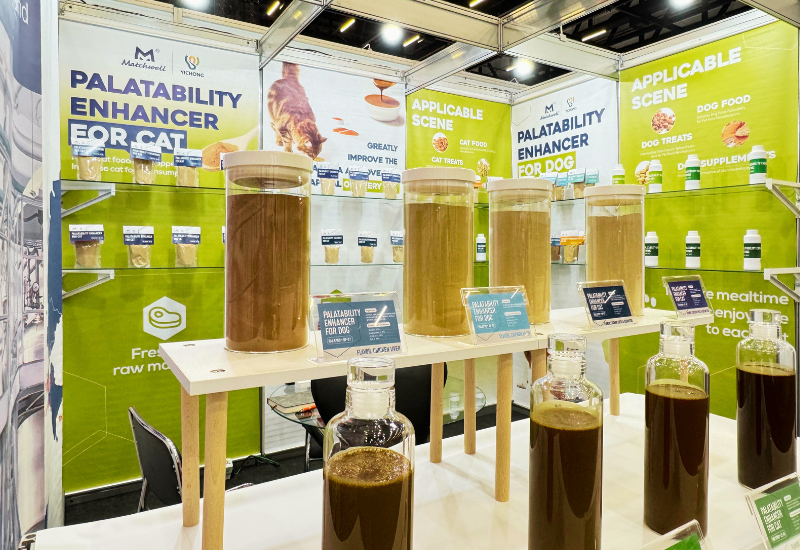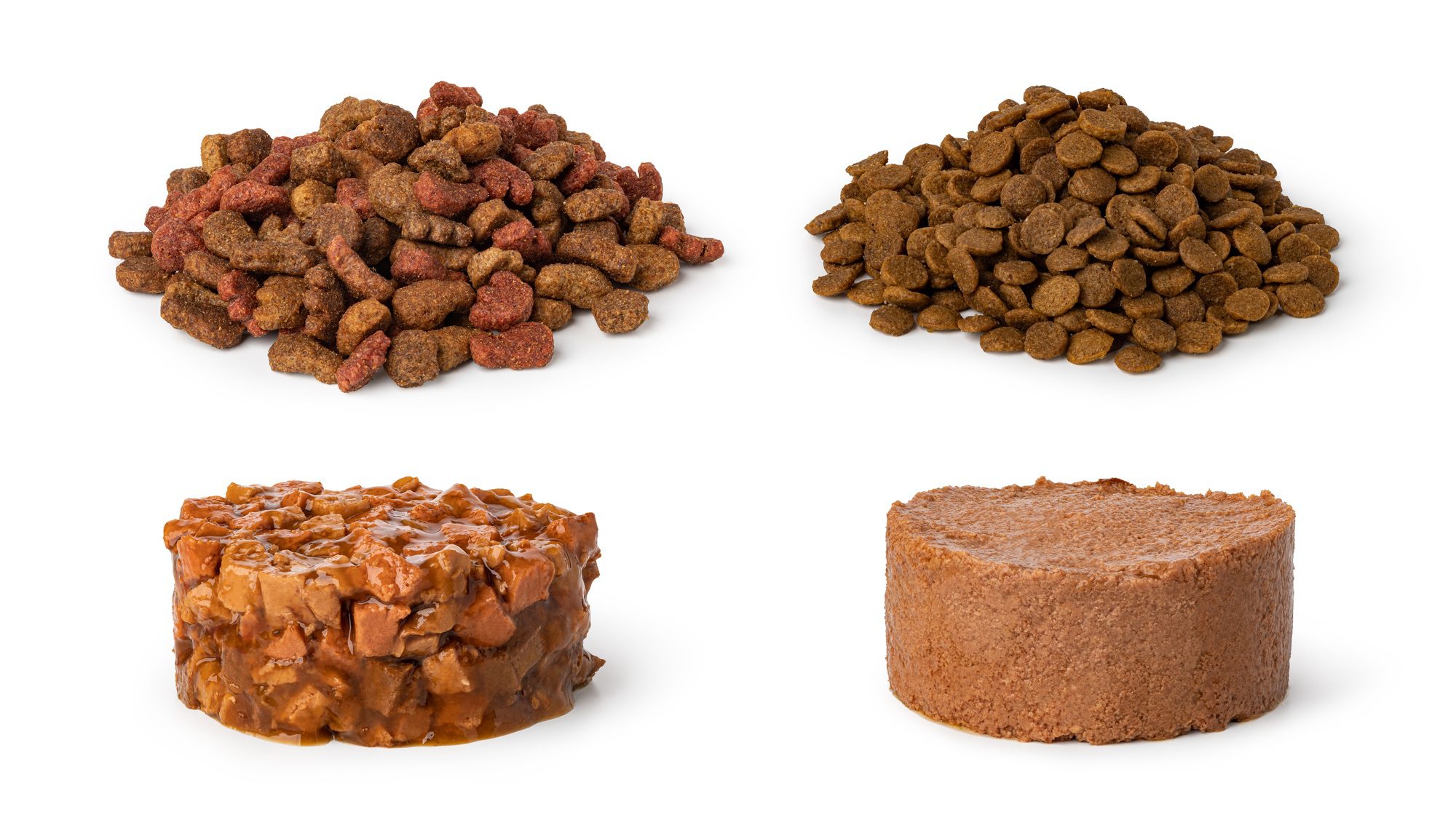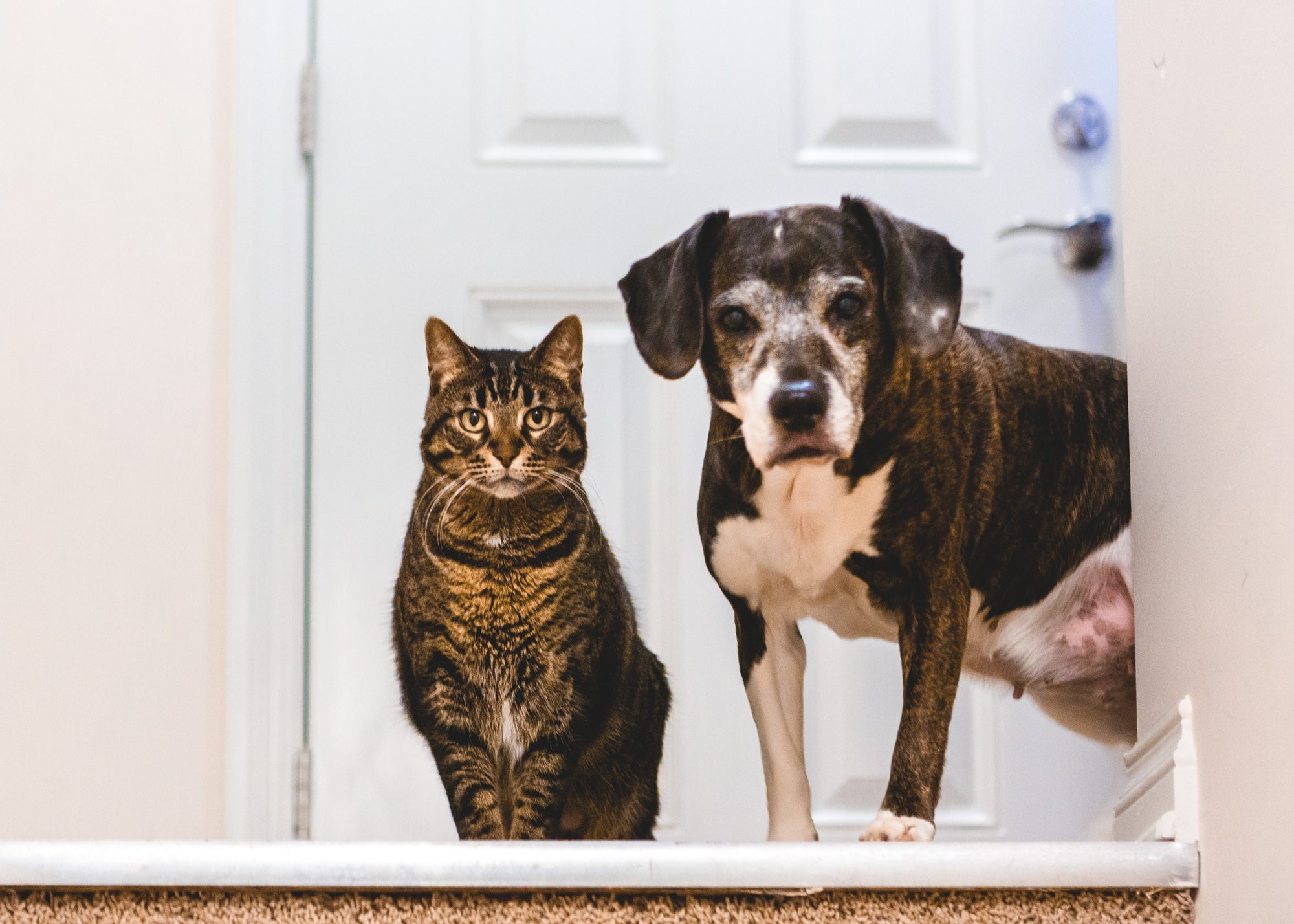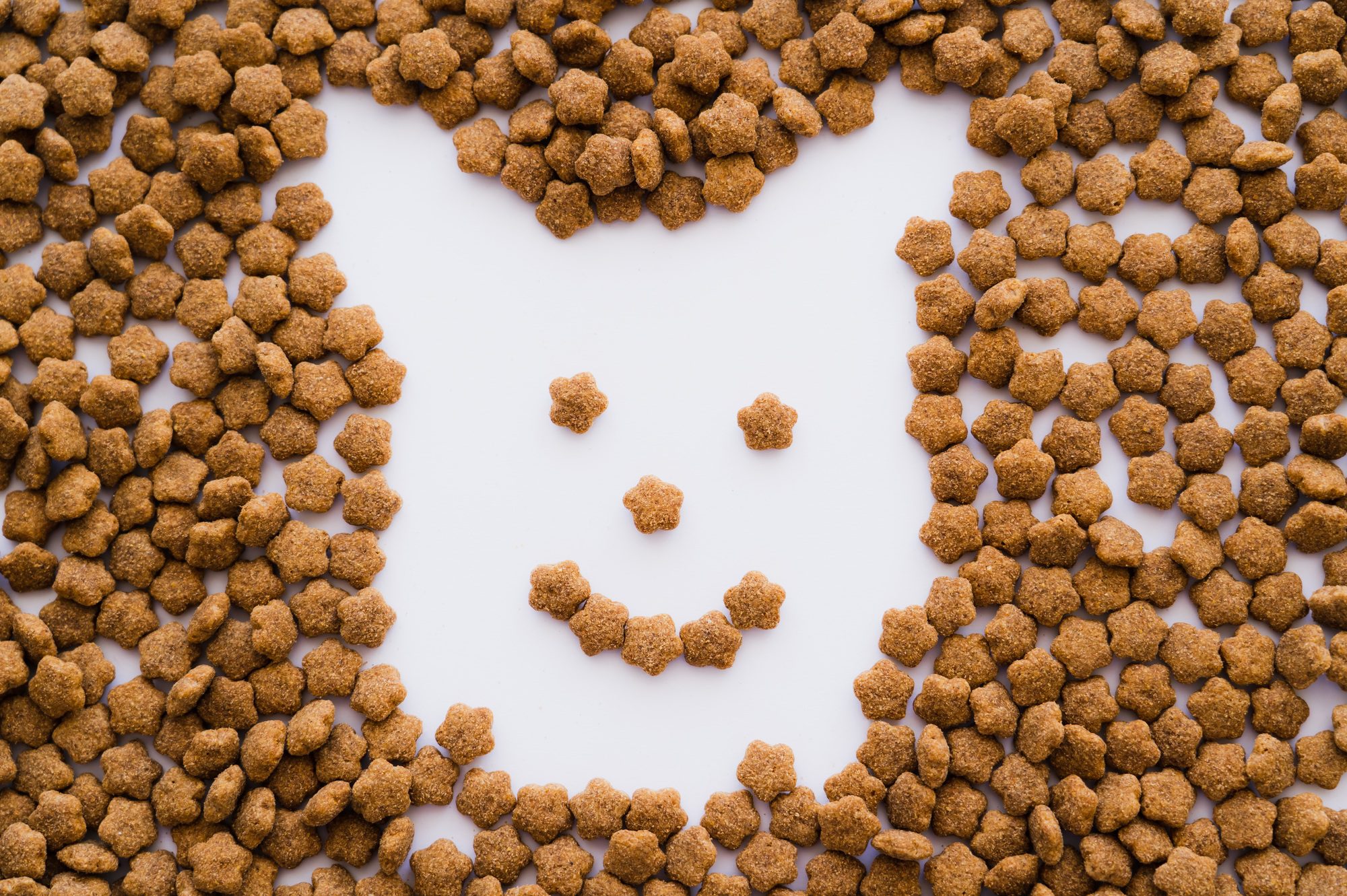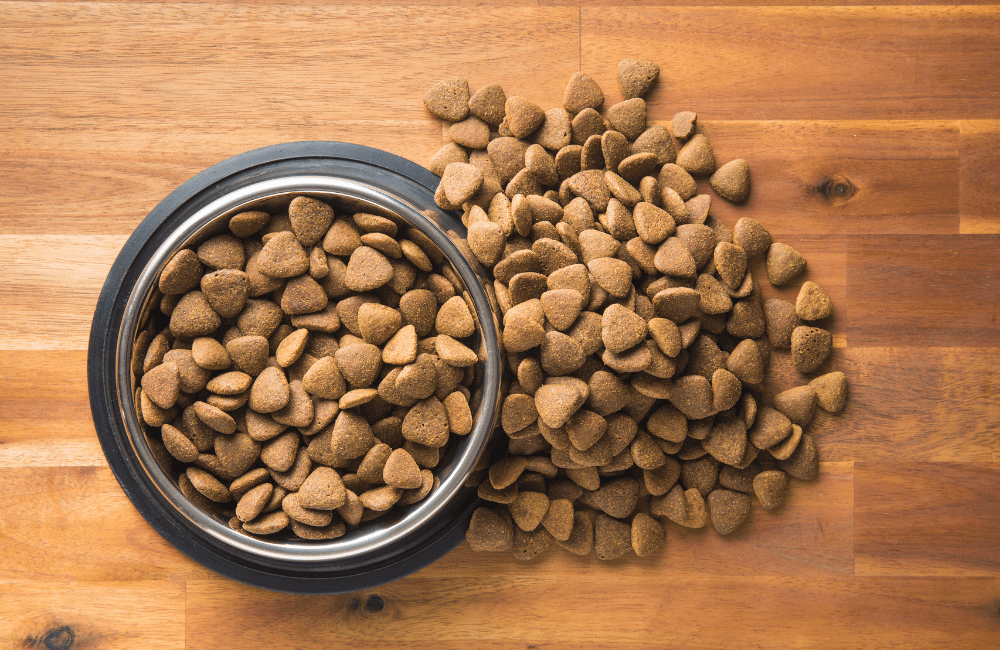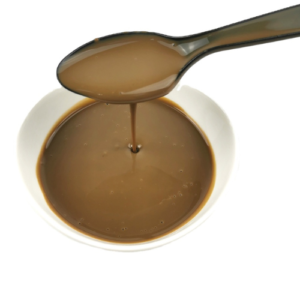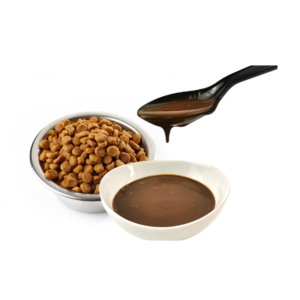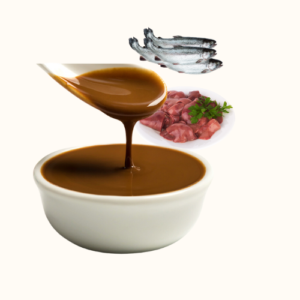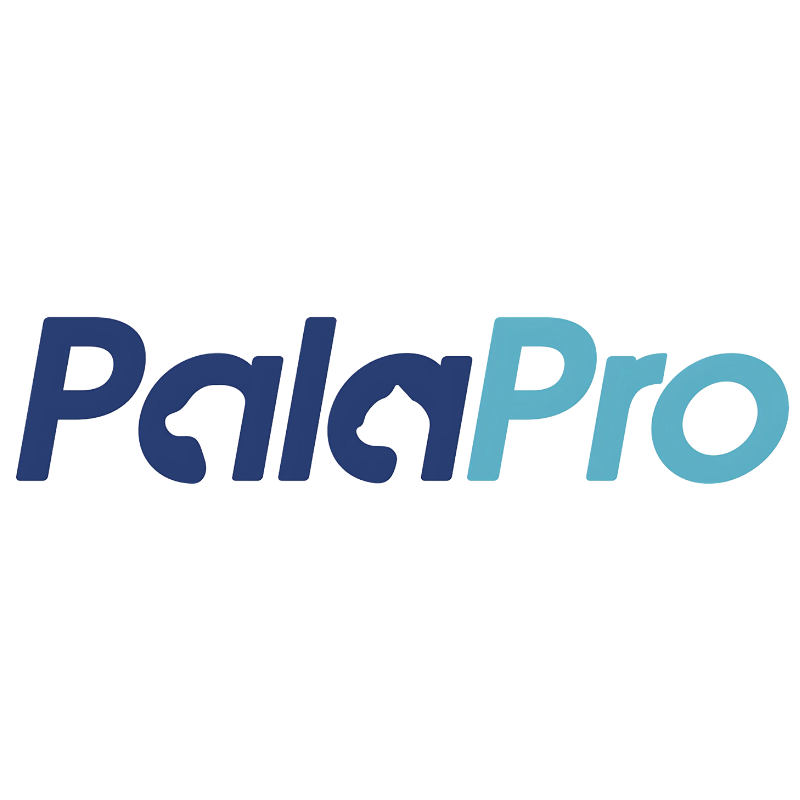Palatability Enhancers
The pet food industry is constantly evolving, with manufacturers seeking ways to improve the quality and appeal of their products. One key area of innovation is the use of pet food palatants, which are ingredients designed to enhance the taste and smell of pet food, making it more appealing to dogs. This is particularly important in dry extruded dog food, where palatability is often a concern. In this article, we’ll explore the role of palatability enhancers in dry extruded dog food, how they are produced, and their impact on the pet food industry.
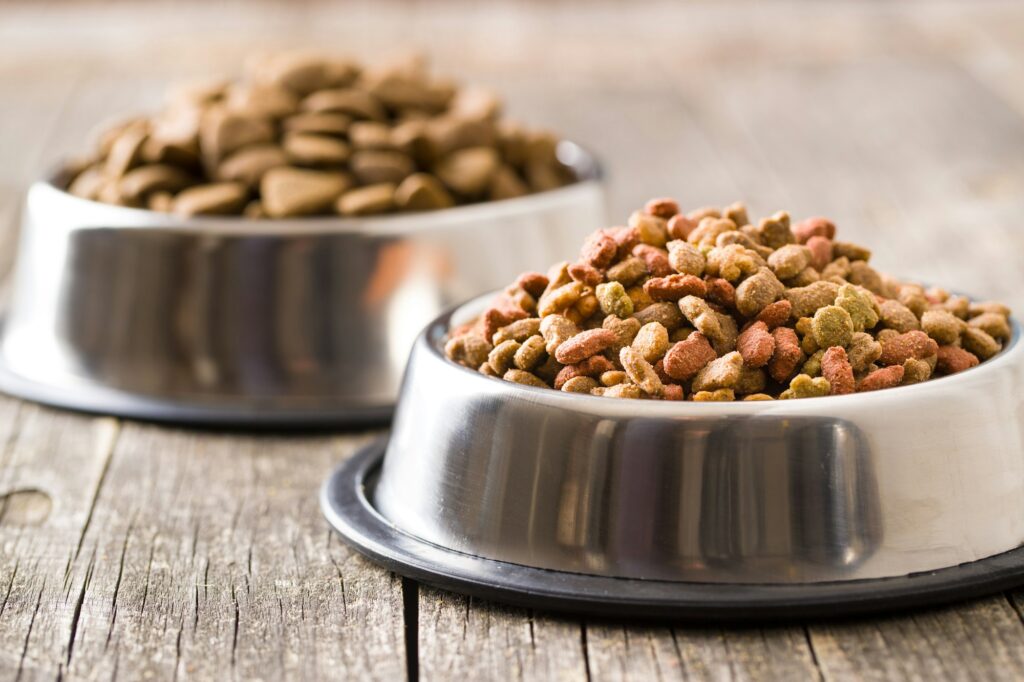
The Science Behind Pet Food Palatants
Pet food palatants are ingredients added to pet food to improve its flavor and aroma, making it more attractive to pets. In the case of dry extruded dog food, which can sometimes lack the natural flavors found in wet food, palatability enhancers play a crucial role in ensuring that dogs will not only eat the food but enjoy it as well. Palatants typically contain a combination of natural and artificial flavors, fats, and amino acids that mimic the taste of meat or other preferred flavors.
Why Are Palatants Important?
For pet owners, ensuring that their pets enjoy their food is a priority. A dog’s willingness to eat a particular food is directly linked to its flavor and aroma, which is why pet food manufacturers invest heavily in the development of effective palatability enhancers. According to recent data, approximately 70% of pet owners consider the taste of their dog’s food a top priority when choosing a brand. This demand has driven the industry to focus on enhancing both the nutritional value and taste of pet food products.
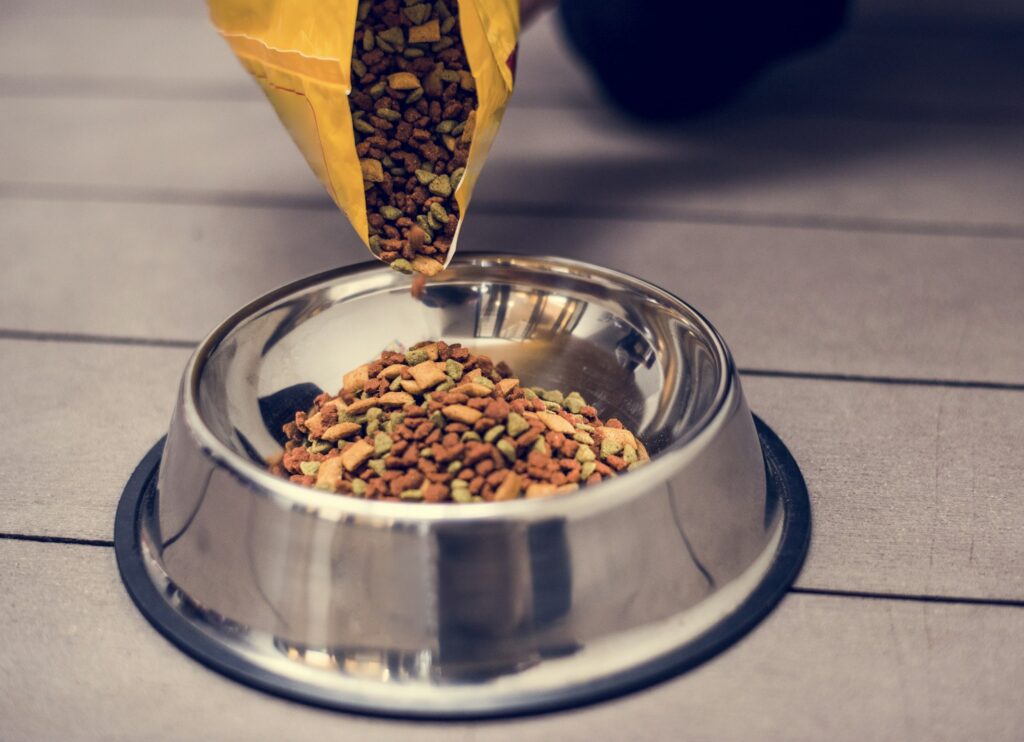
Production of Dry Extruded Dog Food
Dry extruded dog food is one of the most common types of dog food on the market, thanks to its long shelf life and convenience. The extrusion process involves cooking the ingredients at high temperatures and pressures, then shaping the mixture into the desired kibble form. While this method is efficient and produces a durable product, the high temperatures can strip the food of some of its natural flavors. This is where pet food palatability enhancers come into play.
The Extrusion Process
The production of dry extruded dog food begins with mixing the raw ingredients, including proteins, grains, vitamins, and minerals. The mixture is then cooked using high heat and pressure, which gelatinizes the starches and denatures the proteins, making the food easier to digest. After cooking, the mixture is pushed through a die to form the kibble shape and then dried to reduce moisture content.
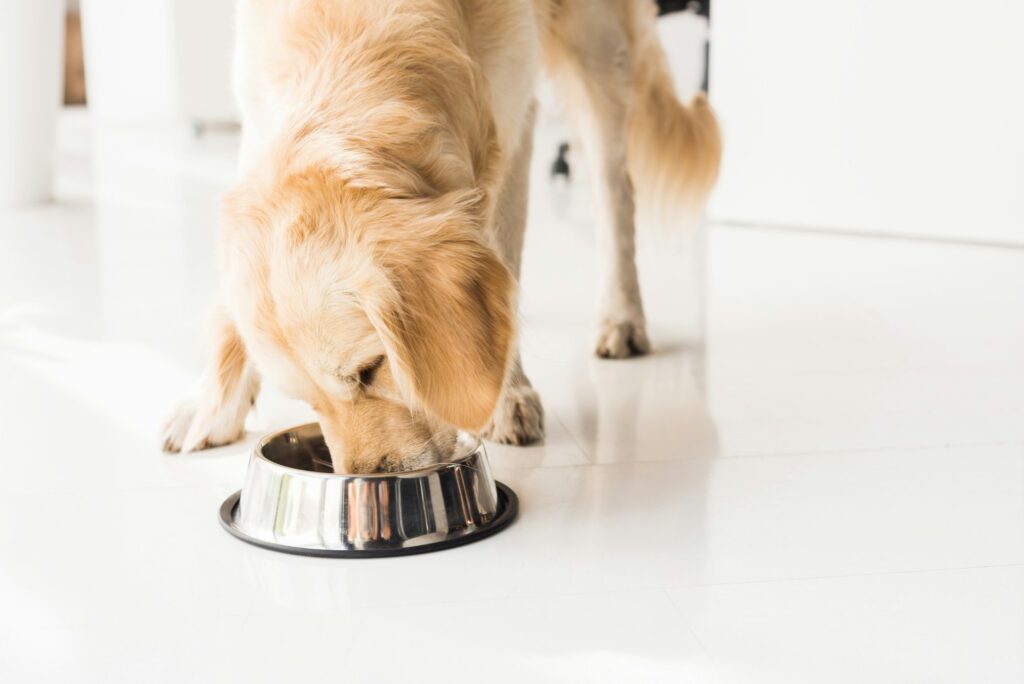
While the extrusion process is effective, it can reduce the flavor intensity of the ingredients. Therefore, palatability enhancers are typically applied after the kibble has been cooked and dried. This ensures that the flavor remains intact and that the food is appealing to dogs.
Types of Palatability Enhancers
There are several types of pet food palatability enhancers used in the production of dry extruded dog food. These can be broadly categorized into dry and liquid palatants, each with their unique applications and benefits.

1. Dry Palatants
Dry palatants are typically applied as a powder coating on the kibble after extrusion. They are composed of a mix of flavor enhancers, such as meat meals or protein hydrolysates, which are designed to mimic the taste of natural ingredients. Dry palatants are easy to store and apply, making them a popular choice for pet food manufacturers.
2. Liquid Palatants
Liquid palatants, on the other hand, are sprayed onto the kibble to create a more intense flavor experience. These palatants are often fat-based, which not only enhances flavor but also improves the texture of the kibble. Liquid palatants are particularly effective at increasing the fat content of dry dog food, which dogs tend to find more appealing.
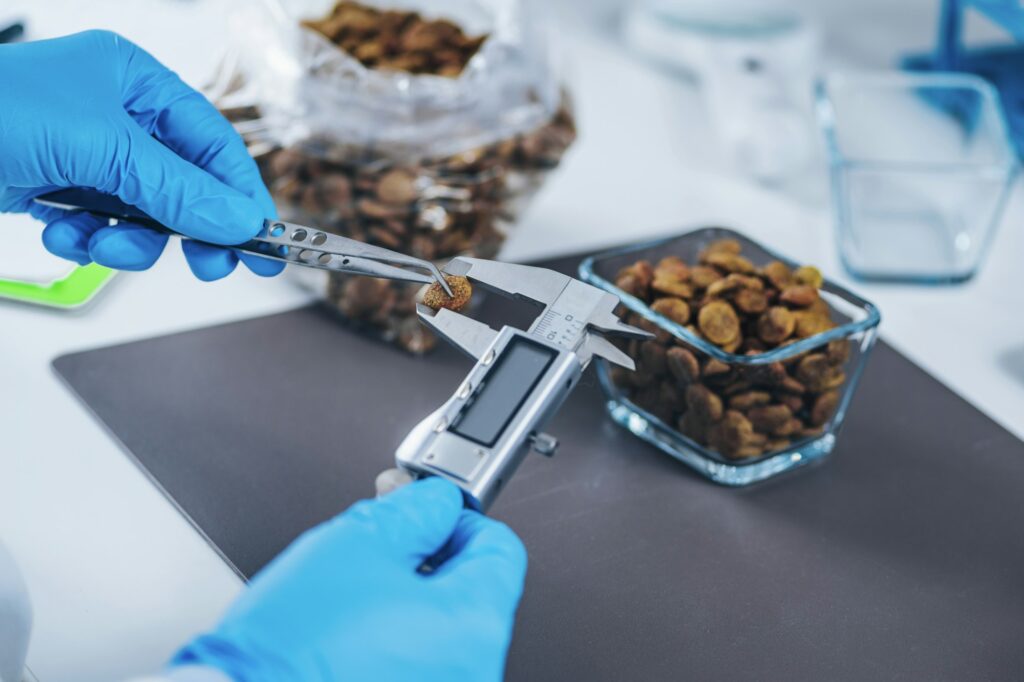
Palatability Testing: Ensuring a Dog-Approved Product
Before a new dog food product is released to the market, it undergoes rigorous palatability testing to ensure that it meets the expectations of both dogs and their owners. This involves conducting trials in which dogs are offered the new food alongside a control product. Their food preferences are then observed and recorded to determine whether the palatability enhancers are effective.
Data shows that dog food with higher palatability scores tends to perform better in the market, with increased sales and customer satisfaction. As a result, pet food factories invest significant time and resources into developing palatability enhancers that dogs consistently prefer.
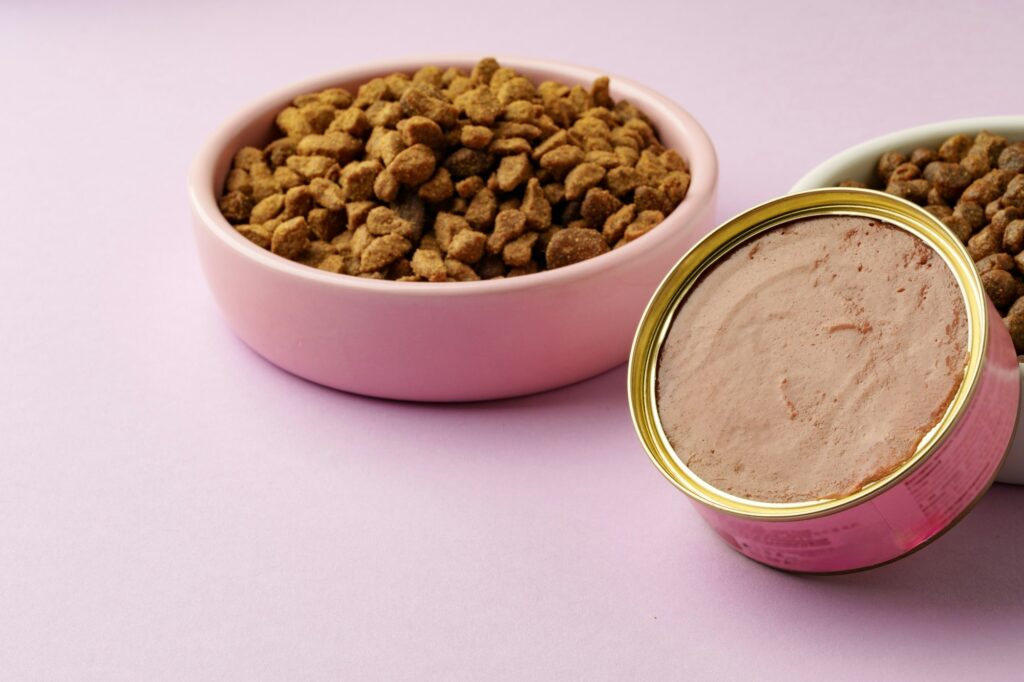
The Role of Pet Food Palatants in Nutrition
In addition to improving the taste and smell of dog food, palatability enhancers can also contribute to the overall nutritional profile of the product. For example, fat-based palatants not only enhance flavor but also increase the caloric content of the food, which can be beneficial for dogs with higher energy needs. Similarly, some palatants are formulated to include essential vitamins and minerals that support overall health.
However, it’s important for pet food manufacturers to strike a balance between palatability and nutrition. While it may be tempting to add large amounts of flavor enhancers to make the food more appealing, this can lead to an imbalance in the nutritional content of the product. For this reason, pet food factories work closely with nutritionists to develop palatability enhancers that enhance flavor without compromising the health benefits of the food.

Sustainability and Ethical Considerations
As the demand for pet food grows, so does the need for sustainable and ethical production practices. This extends to the development of pet food palatability enhancers, with many manufacturers now exploring ways to create more sustainable products. For example, some companies are developing plant-based palatants as an alternative to traditional meat-based flavor enhancers. This not only reduces the environmental impact of pet food production but also caters to the growing number of pet owners who prefer eco-friendly products.
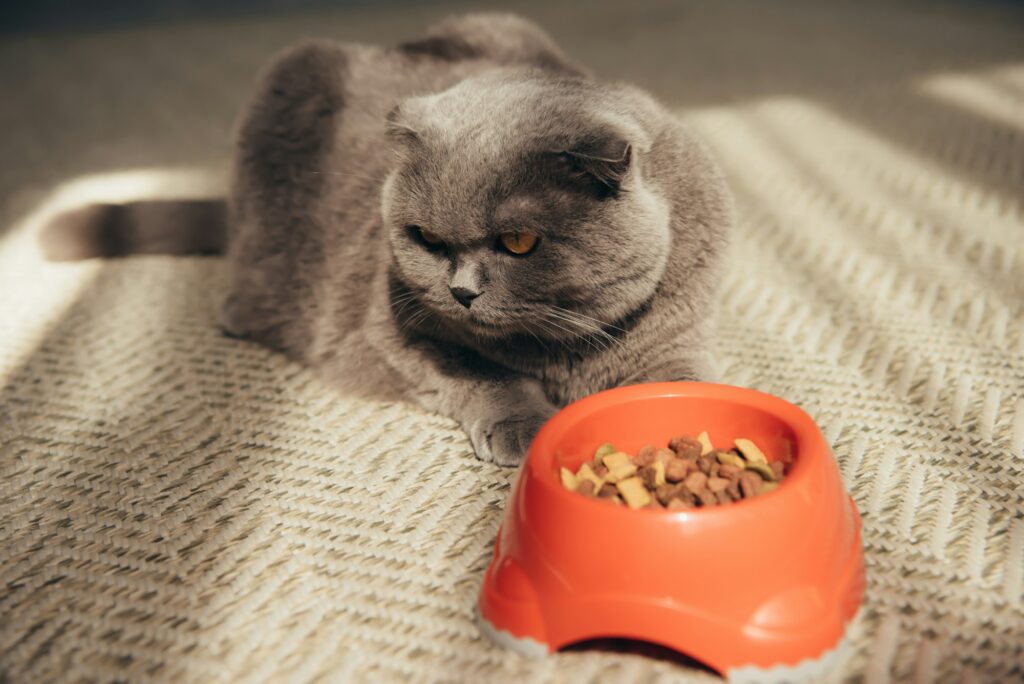
Conclusion: Enhancing Pet Food Palatability for a Competitive Edge
In the highly competitive pet food industry, palatability enhancers are essential for creating a product that dogs love and owners trust. By improving the taste and smell of dry extruded dog food, these enhancers help manufacturers stand out in a crowded market. Moreover, by incorporating palatants that are both effective and nutritionally balanced, pet food producers can meet the demands of both pets and their owners.
For more information on how palatability enhancers can benefit your pet food products, visit ProfyPet, a leading manufacturer of pet food palatants.
Discover how pet food palatability enhancers improve taste in dry extruded dog food, benefiting both manufacturers and dogs. Learn more about pet food palatants today.
References
- Pet Food Industry Overview
- Advances in Pet Food Palatants
- Sustainable Practices in Pet Food Production
This guest post is structured to provide insights into the production of dry extruded dog food with a focus on palatability enhancers, attracting pet food palatant wholesalers, manufacturers, and factories.

